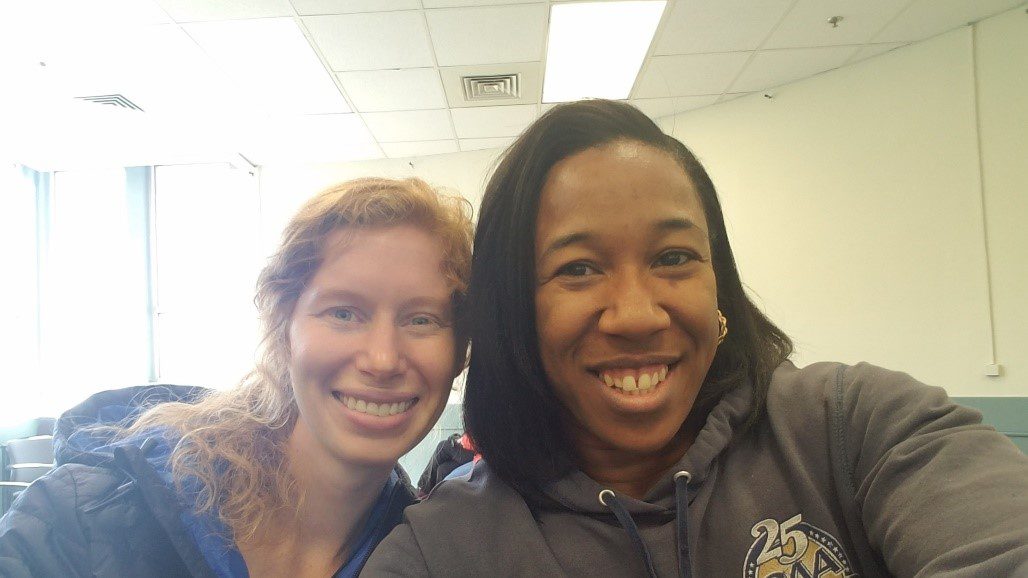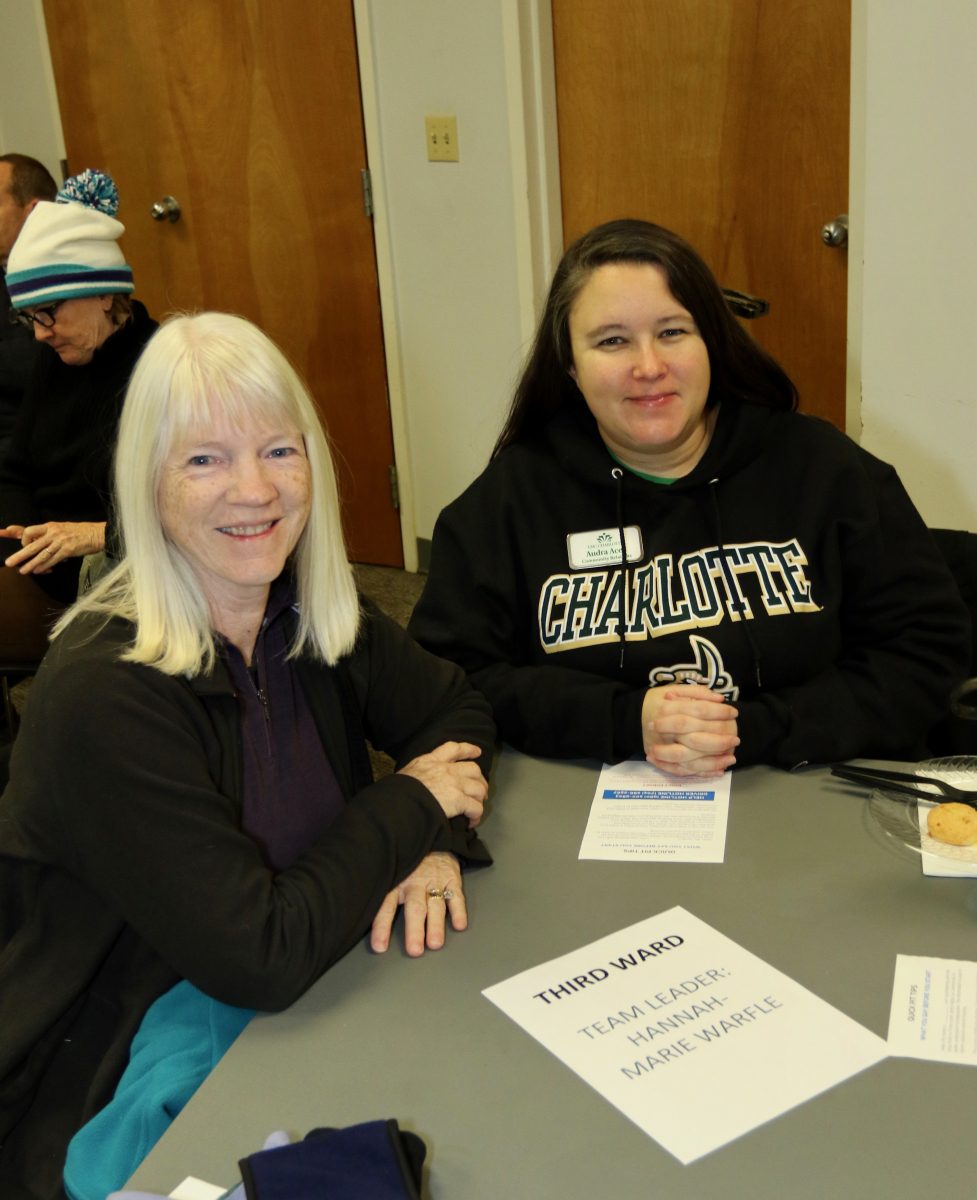Everybody counts

Everyone wants to be included and accounted for. This is no different for our homeless population, a group that often feels overlooked and ignored. Charlotte-Mecklenburg is doing their best to remedy this with their annual Point-In-Time Count.
The Point-In-Time (PIT) Count is an unduplicated estimate of individuals experiencing homelessness on a single night in January. The U.S. Department of Housing and Urban Development (HUD) requires a sheltered (emergency shelter or transitional housing) count every year and an unsheltered (living on the street or in another place unfit for human habitation) count every other year in order for communities to receive federal funds for vital homeless programs. In Charlotte-Mecklenburg, the PIT count is conducted every year and includes a survey of both sheltered and unsheltered homeless populations. ‘Everyone Counts’ was the theme of this year’s count as well as last year’s.
Last year was the first year our community administered surveys to both sheltered and unsheltered populations. In previous years, although the count included those experiencing sheltered and unsheltered homelessness, only the unsheltered were surveyed. This year we continued to gather more in-depth information about both vulnerable populations.

UNC Charlotte Urban Institute researchers Bridget Hochwalt (left) and Angelique Gaines. Photo: Angelique Gaines
Unsheltered Count (Angelique’s story)
Mecklenburg County’s 2019 PIT Count of the people experiencing unsheltered homelessness took place on the night of January 30th, a night that was colder than the historic January average. Volunteers canvassed the community the night of the count and the morning after to conduct surveys with those experiencing unsheltered homelessness.
—
On the morning of January 31st, my volunteer team arrived at Urban Ministry to conduct the unsheltered count. Before individuals visited the soup kitchen, they were asked to complete a brief PIT survey. Individuals stood in line and waited for a volunteer to become available to talk with them. One by one, individuals came up to me and I greeted them with a big smile and a handshake, wanting to make them feel at ease about the encounter. As I began to talk to them about their homeless experience, I realized most people were ready to answer questions and share their stories. There was an eagerness to have the community better understand their homeless experience. They wanted to be heard. My time as a volunteer has shown me that homeless individuals want to be a part of the conversation, they want to be counted.
I also quickly realized from our conversations that Urban Ministry and similar organizations were an invaluable resource to those that spent their nights on the street. These community staples were often where unsheltered homeless individuals had their first meal of the day, where they made phone calls, or where they could interact with others.
Sheltered Count (Bridget’s story)
Volunteers also went to agencies such as the Salvation Army Center of Hope and the Men’s Shelter during the weeks leading up to and following the PIT count to survey homeless individuals that were sheltered. Additionally, more than 70 housing and homeless services programs provided information on the number of beds available and individuals staying at emergency shelters and in transitional and permanent housing units.
—
A few days before the night of the PIT Count, I arrived for my shift at the Salvation Army Center for Hope. It was evening, and the women and their children were setting up their cots, checking their mail, and getting ready for bed. I began the shift tentatively, not wanting to disturb families in the midst of their nightly routines. However, I was soon struck by how receptive the women I approached were to sharing their experiences. It seemed that for some, the experience was empowering- an opportunity to add their voice to the affordable housing conversation.
No two stories were the same, though the challenge of being unable to work full-time while caring for small children quickly emerged as a theme and barrier to obtaining a place of their own. It was an amazing opportunity to engage in conversations with women I may otherwise have never had the opportunity to meet and to stretch and reshape my mental image of who is homeless in our community.

Audrey Acey (right) with UNC Charlotte Community Relations gets ready to volunteer. Photo: Peter Safir
# Everybody Counts
The information provided during the PIT count is an invaluable tool for tracking our community’s progress towards preventing and ending homelessness. The data provided by the PIT can be used to understand trends in who is experiencing homelessness, the causes of their homelessness, and the barriers they face to obtaining housing. This information helps to equip policy makers with the tools they need to make evidence-based and data-informed decisions regarding homelessness and affordable housing.
While the PIT Count happens only once a year, the Charlotte-Mecklenburg Housing & Homelessness Dashboard provides updates and analysis of homelessness in our community year-around. Data from this year’s PIT Count will be released on the Dashboard later this year and in the 2019 State of Housing Instability and Homelessness report by the UNC Charlotte Urban Institute, with funding from Mecklenburg County.